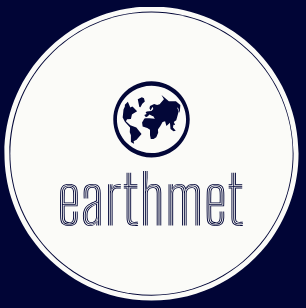Data Orchestration Layers
The amount of data orchestration required also depends on the needs of the data processing layers, and it’s important to briefly understand each layer and its role in the orchestration and underlying ETL processes.
Here’s a breakdown of the importance of each data layer and its role in the ETL flows and process:
• Work area staging: The staging area is used to temporarily store data before it undergoes further processing. It allows for data validation, cleansing, and transformation activities, ensuring data quality and integrity. This layer is essential for preparing data for subsequent stages.
• Main layer: The main layer typically serves as the central processing hub where data transformations and aggregations take place. It may involve joining multiple data sources, applying complex business rules, and performing calculations. The main layer is responsible for preparing the data for analytical processing.
• Landing, bronze, gold, and silver layers: These layers represent different stages of data refinement and organization in a data lake or data warehouse environment. The landing layer receives raw, unprocessed data from various sources. The bronze layer involves the initial cleansing and transformation of data, ensuring its accuracy and consistency. The gold layer further refines the data, applying additional business logic and calculations. The silver layer represents highly processed and aggregated data, ready for consumption by end users or downstream systems. Each layer adds value and structure to the data as it progresses through the ETL pipeline.
• OLAP layer: OLAP is designed for efficient data retrieval and analysis. It organizes data in a multidimensional format, enabling fast querying and slicing-and-dicing capabilities. The OLAP layer optimizes data structures and indexes to facilitate interactive and ad- hoc analysis.
Data Movement Optimization: OneLake Data and Its Impact on Modern Data Orchestration One of the heavyweight tasks in data orchestration is around data movement through data pipelines. With the optimization of zones and layers on cloud data platforms, the new data architecture guidance emphasizes minimizing data movement across the platform. The goal is to reduce unnecessary data transfers and duplication, thus optimizing costs and improving overall data processing efficiency.
This approach helps optimize costs by reducing network bandwidth consumption and data transfer fees associated with moving large volumes of data. It also minimizes the risk of data loss, corruption, or inconsistencies that can occur during the transfer process.
Additionally, by keeping data in its original location or minimizing unnecessary duplication, organizations can simplify data management processes. This includes tracking data lineage, maintaining data governance, and ensuring compliance with data protection regulations.

